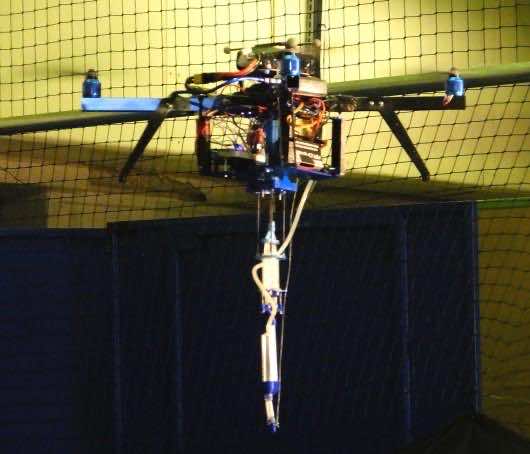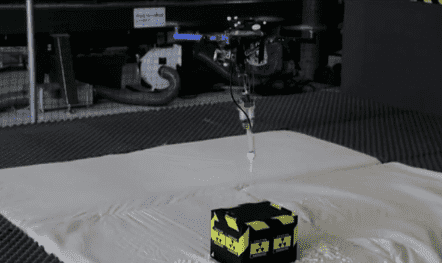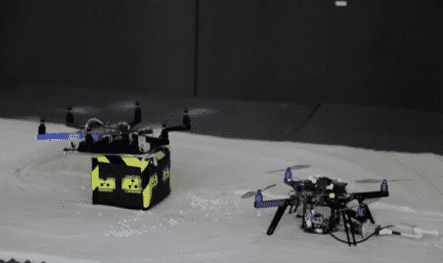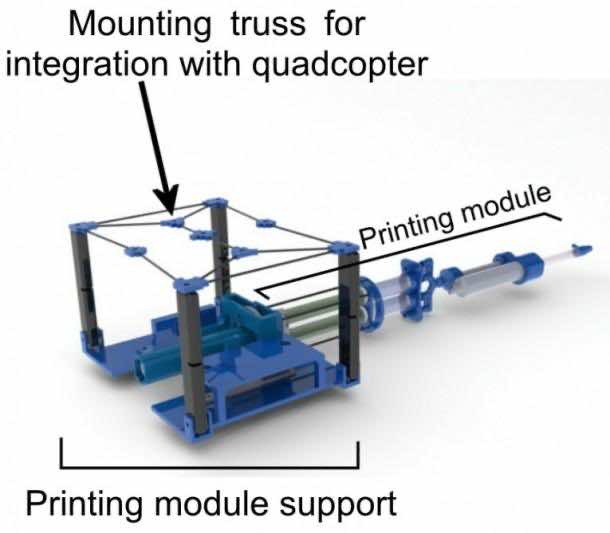Flying 3D printer drones have been developed by engineers at the Imperial College London and will be able to protect people from nuclear waste. The drones can do this by simply “printing” a layer of sticky foam on to the hazard and lifting it away once attached to it.
The engineers are also hoping that the drones will be able to print nests for themselves on trees so they can rest and recharge on their own. The team of engineers is lead by Dr Mirko Kovac, director of the aerial robotics laboratory at Imperial College London. Check out the video to get a glimpse of these drones being tested:
You can see that the quadcopter flies in first and sprays the “hazard” with a layer of foam, followed by a hexacopter which attaches itself to the object and waits for the foam to set. Once this is done, the drone flies off with the hazardous object attached to its under-belly. The researchers are especially hopeful that this method will be helpful in removing nuclear waste.
The quadcopter acts almost autonomously and is guided by GPS and the foam is made of polyurethane. The potential of the drones is explained in the project’s abstract: “ad-hoc construction of first response structures in search-and-rescue scenarios,” as well as “printing structures to bridge gaps in discontinuous terrain”.
The inspiration for the robots comes from swiftlets, which are birds that make nests out of their own saliva. But the drone has received some criticism. Noel Sharkey, Emeritus Professor of Artificial Intelligence and Robotics at the University of Sheffield, said that he was unimpressed by the robot’s 3D printing capabilities but added that the drone did have a great potential. “This could hardly be called 3D printing, although it uses some of the components.
“However, the potential game changer in this application is their notion of using it to repair bridges and other construction works from the air.”






